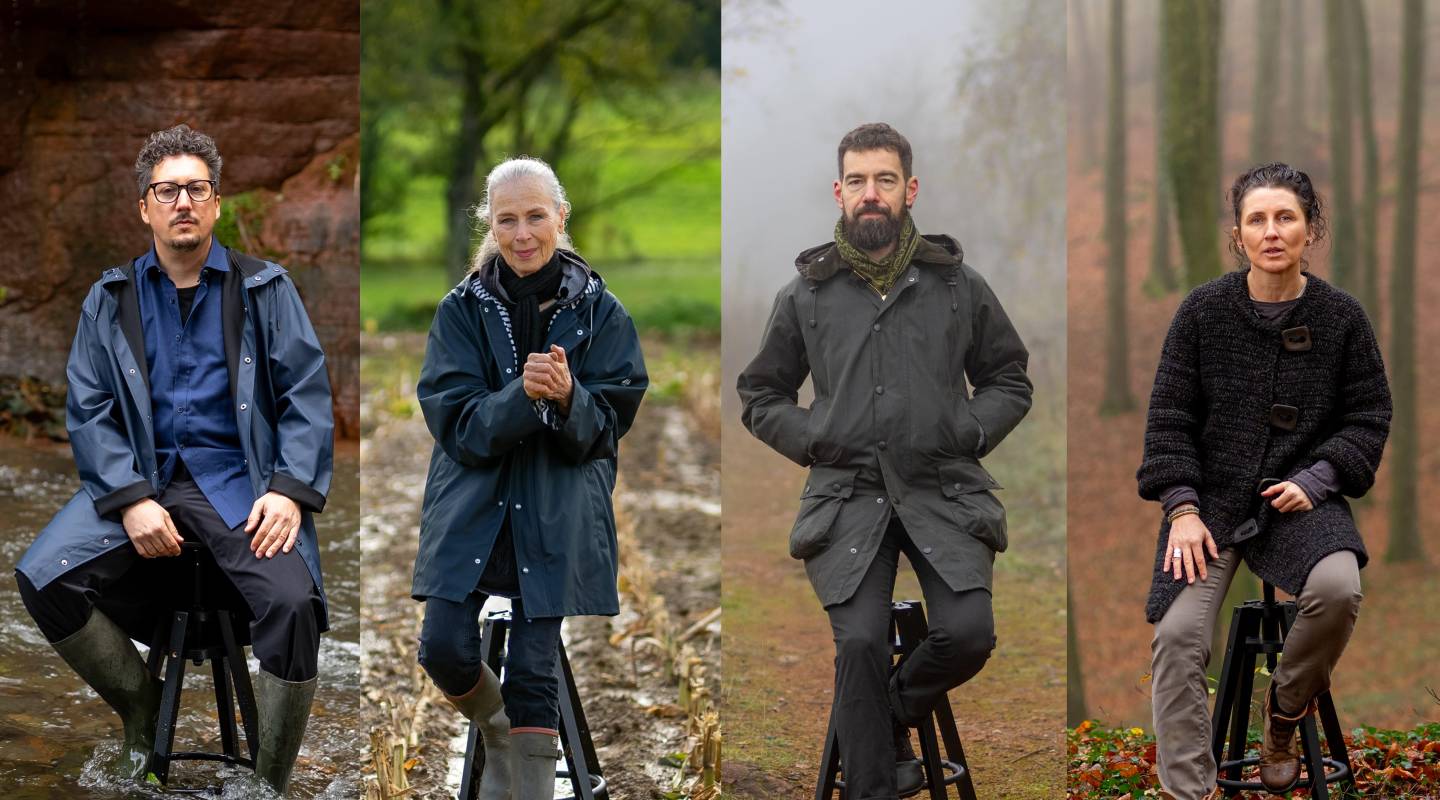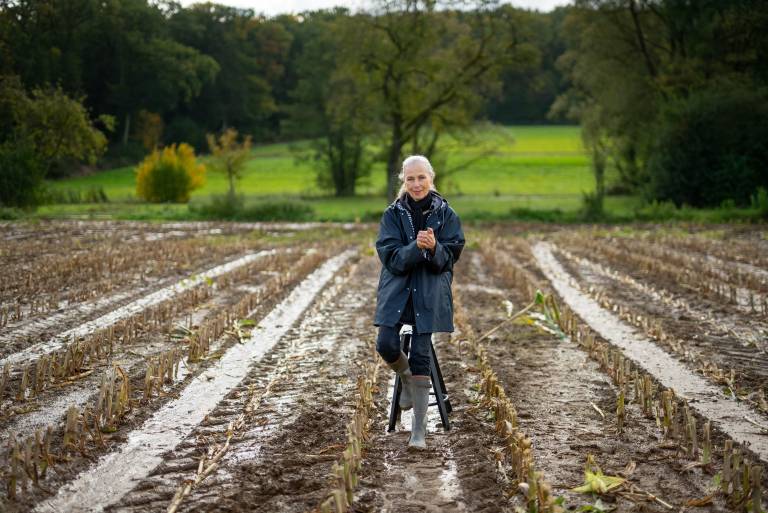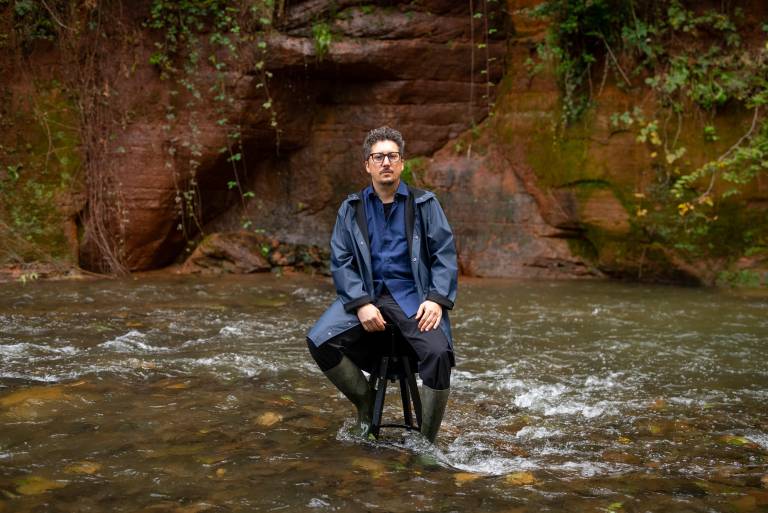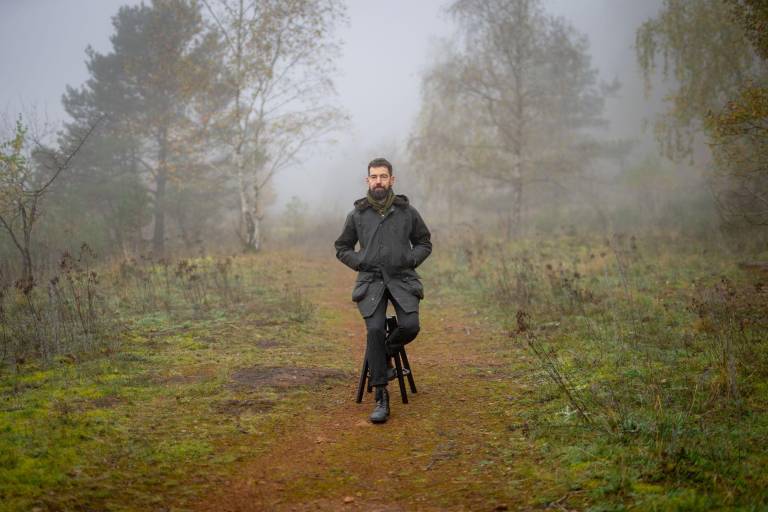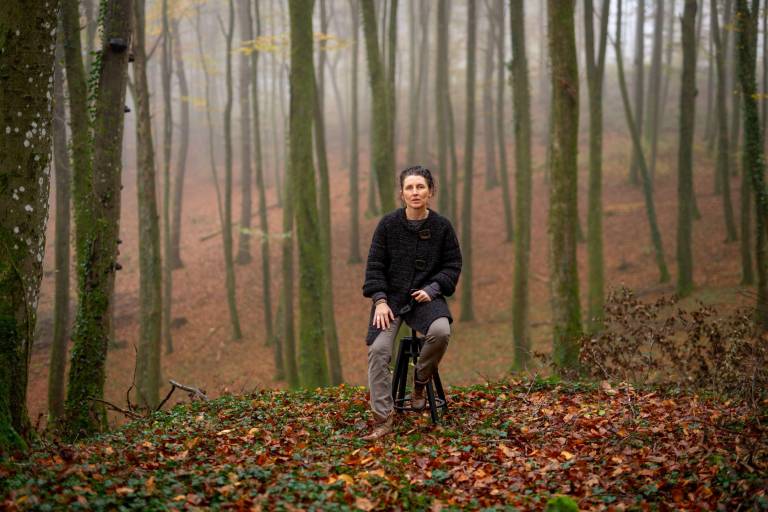At the heart of our exhibition Land in Motion lies a dynamic relationship: the ever-evolving interplay between nature and humanity. More precisely, a relationship of forces. How have we, as humans, shaped the landscape – for better or worse – and how, in turn, has nature shaped us?
While our collection, which ranges from archaeological finds to historical objects and artistic works, reflects extensively humanity’s influence on the land, the other side of the story is less present. The rare pieces that do speak of nature’s influence on us tend to focus on destruction, such as photographs documenting floods, for instance.
This led us to a question: how can we give nature a voice that reflects its nurturing side? Nature already speaks – powerfully, constantly and in countless ways –, but are we truly listening? Can we shift our perspective to hear not only its warnings, but also its wisdom, its resilience, its inspiration? And how can we incorporate these voices into the exhibition? We took these questions as our starting point and invited Luxembourg-based artists to become the interpreters of nature’s voice. Through their creativity, nature speaks – not in words, but in images, sound, emotion and thought. The result: a compelling video series where each artist gives form to each of the exhibition’s four landscapes – forest, agriculture, river and industry. And so began a journey where artists became mediators, channeling the voice of nature and translating it into words we all understand.
Curating voices: From landscape selection to video composition
We selected artists who have long engaged with specific landscapes in a philosophical way, where these landscapes are a continuous thread throughout their work. At the same time, we aimed to ensure a balance of different age groups, backgrounds, practices and genders. The artists were invited to engage with the specific landscape we had selected for them last year.
The shoot was structured in two parts: in the first, the artist reflected on their personal relationship with the landscape in question, allowing the voice of nature to emerge through their own emotional and philosophical processes. We asked guiding questions like: what does nature do to your senses? How does it affect you? What are the things in nature that we can’t see with our eyes? How would you describe this landscape, both physically and, more importantly, emotionally, metaphysically and philosophically? To explore these questions, we met with each artist beforehand and went to a landscape of their choice, near their studio that often inspires them. In the second part of the video, the artist then discussed one of their works, chosen to express and give tangible form to the thoughts and reflections sparked by the landscape.
The artists invited the video production team and me on a fascinating, intimate journey, opening their minds and hearts to us. We were welcomed into their magical studios with mud-stained wellies, where sandpaper disks doubled as coasters for our coffee cups and home-cooked meals were shared with us.
Landscapes as liminal spaces
The artists created fleeting moments – by the river, across the fields and within their studios – that became liminal spaces. These places held an eerie sense of in-betweenness, suspended somewhere between the physical and the metaphorical. Like the invisible forces between humans and nature – sometimes tangible, sometimes just a feeling or a thought – these moments shared between the artists and the landscapes suggest that in this ‘inbetween’ lies something transformative. Perhaps it is precisely this in-betweenness that blurs the boundary between the human and the natural world, not as two separate entities, but two parts of a whole, one shared relationship, a unity.
Text: Jamie Armstrong / Images: Capsule
Source: MuseoMag N° III - 2025
Watch the whole series on YouTube!
